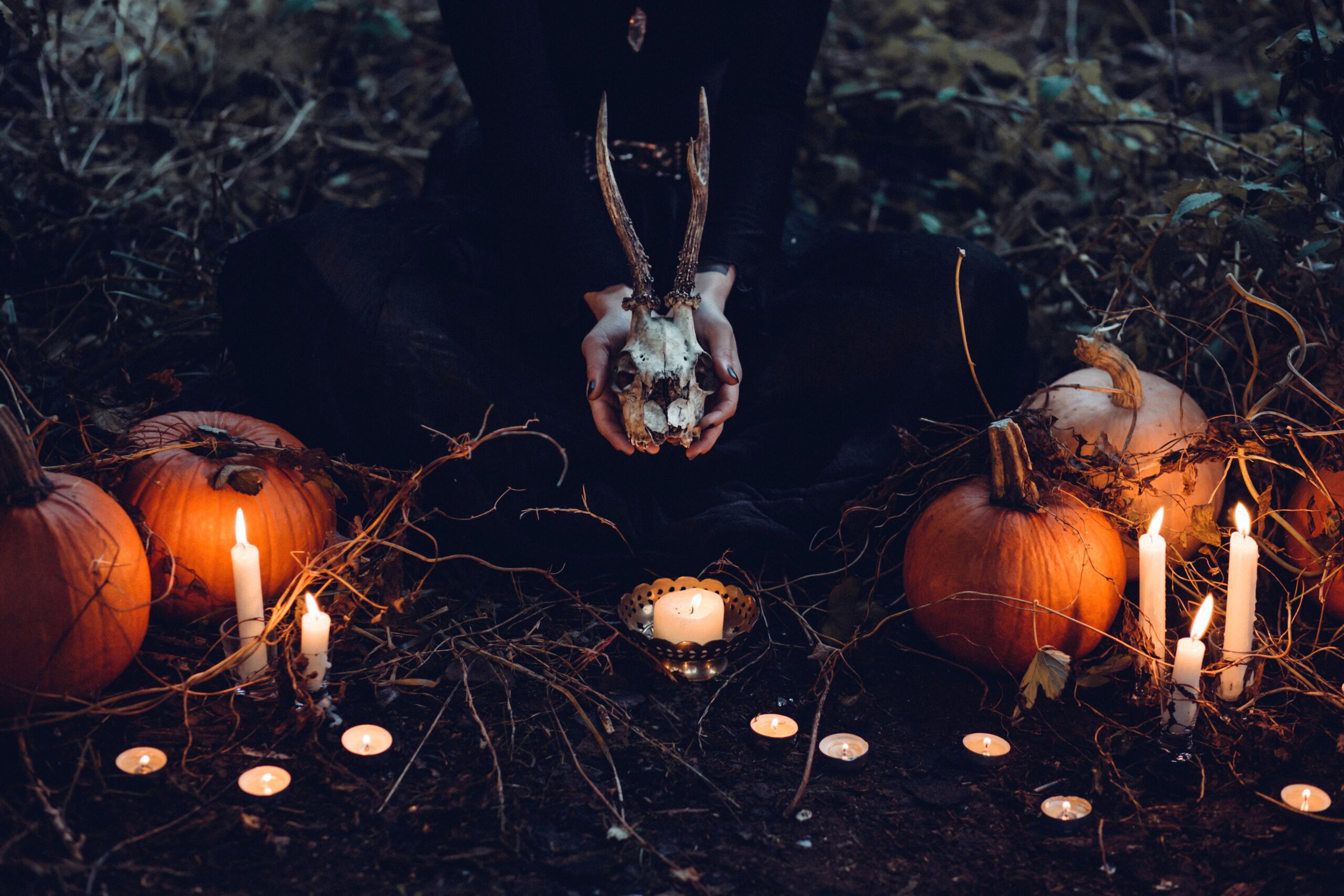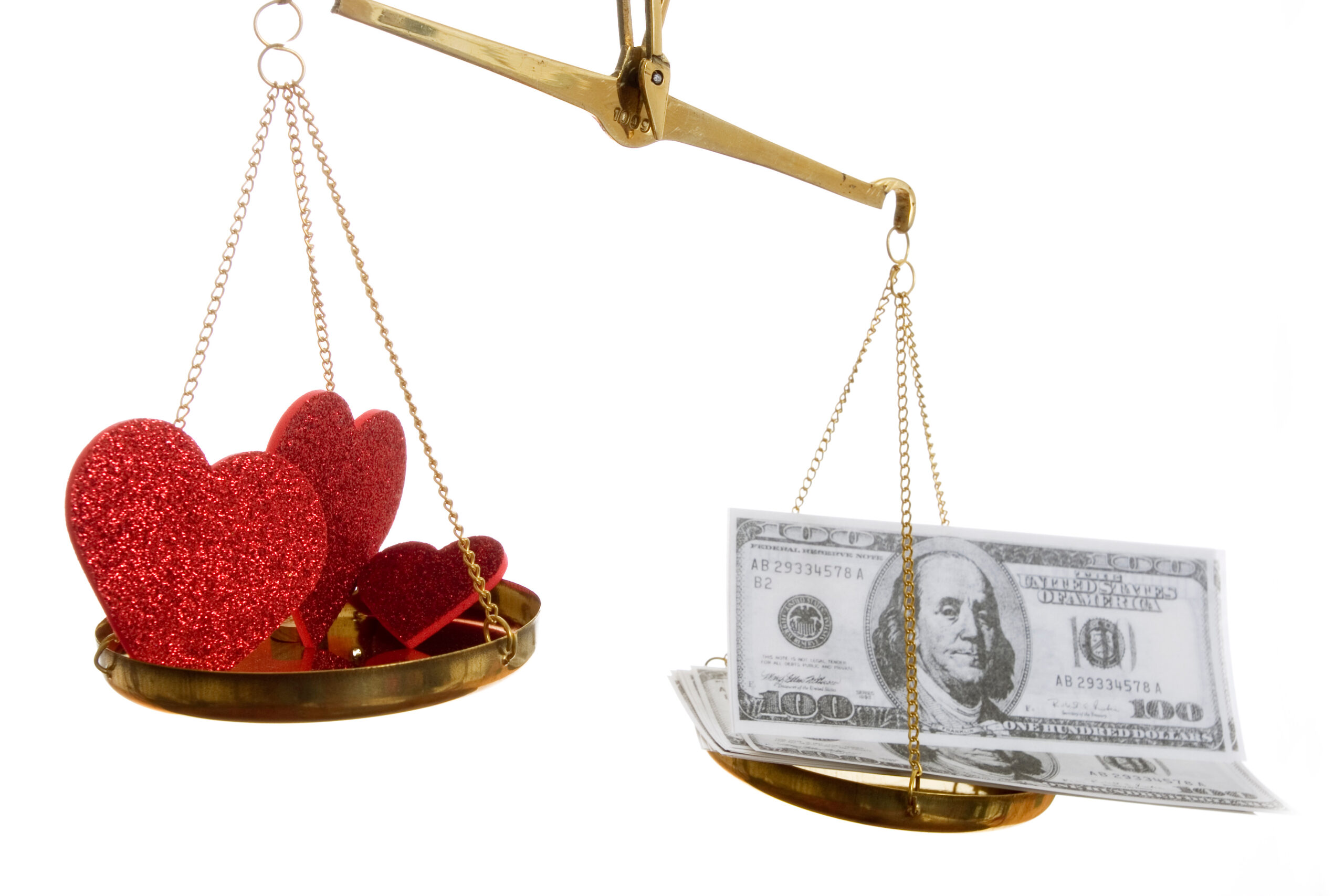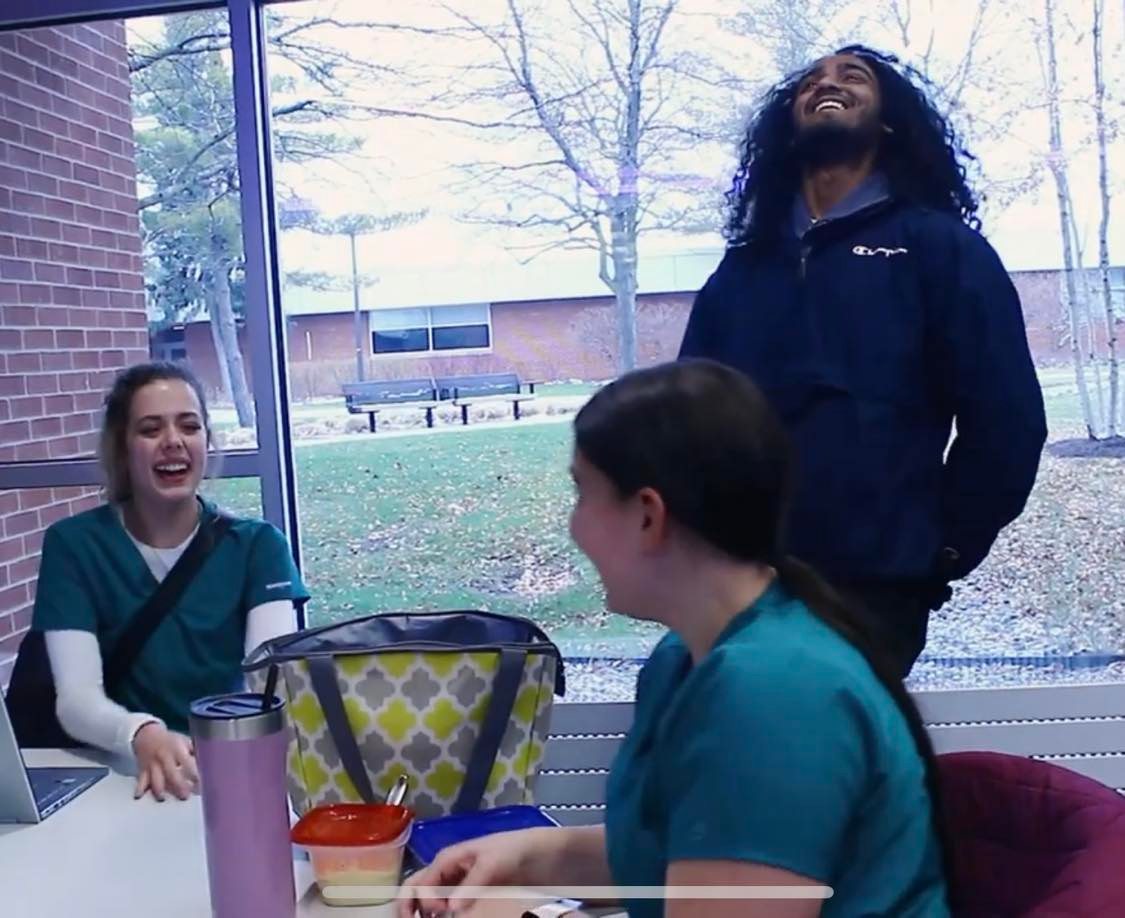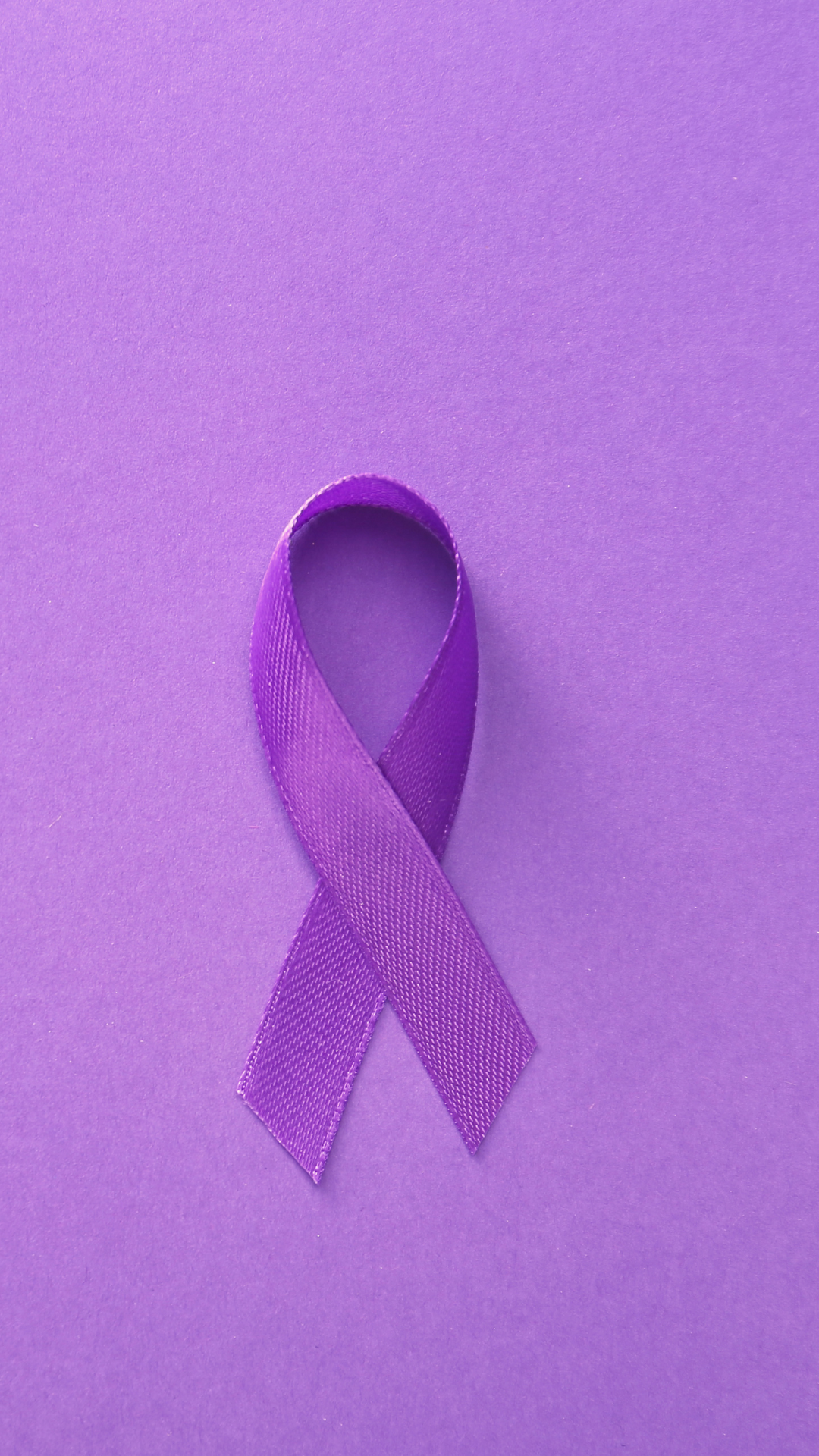By Logan Fairchild

When you think of “Halloween,” you think of candy, haunted houses, and costume parties. Some might say it’s a holiday for kids. But the origins of Halloween date back thousands of years.
The early Celtic people celebrated their new year on Nov. 1, which marked the harvest’s end. Known as “Samhain” (pronounced Sah-wen), it was the time when the veil between the dead and the living was the thinnest.
According to tradition, those who had died within the past year had yet to move on and would do so that night, interacting with the living along the way.
The Celts also believed the Druids (Celtic priests) were able to speak with the dead to seek predictions of the future.
Festivities included bonfires where they burned crops and sacrificed cattle to the Celtic gods. They wore animal heads as costumes and told each other about their futures.
Family and friends would leave out the favorite foods of their deceased loved ones to welcome them home, lighting candles along the road and in their windows to help illuminate the spirits’ way.
By the 9th Century, Christians had arrived and spread their influence over the Celtic territory. While trying to erase non-Christianized holidays, they supplemented the ancient traditions for All Souls’ Day.
All Souls’ Day picked up some Samhain traditions like bonfires, lit in honor of Christian heroes, and wearing costumes, now of saints, devils, and angels. However, it was mostly a night of prayer, fasting, and vigils in preparation for honoring the saints the following day.
It was also referred to as All Hallows and the night before as All Hallows Eve, which later was shortened to Halloween.
Guy Fawkes Day was another important festival in Halloween history.
When a group of dissident Catholics, including Guy Fawkes, bungled an attempt to assassinate the Protestant King James I, Nov. 5 became Guy Fawkes Day.
Protestants used the day to give anti-Catholic sermons to celebrate their “triumph” over them. Vandalism occurred at Catholic houses and businesses, bonfires burned effigies of unpopular figures, and children and the poor would go around to houses wearing masks while pushing an effigy of Guy Fawkes to beg for money or treats.
The Puritans in America kept Guy Fawkes Day. It served as a reminder of their “superiority” over the Catholics. But the American Revolution saw an end to the holiday.
The origins of trick-or-treating could be related to this or to “mumming and guising”.
In Europe, “mumming and guising” involved people dressing up and going house-to-house reciting verses, singing songs, or putting on plays for food – threatening vandalism if not obliged.
The middle of the 19th Century saw a rush of Irish immigrants who brought their Samhain traditions to America. One of these is the Jack-O-Lantern.
The Jack-O-Lantern comes from the old Irish folk tale “Stingy Jack.” It tells of a drunken con man who fools the Devil into banning him from Hell, but due to his sins, he couldn’t enter Heaven either. Therefore he’s left to roam the Earth, carrying a lantern made from a turnip with a hot ember from Hell inside.
The Irish started the tradition of carving faces on turnips and placing a candle inside to protect them from Stingy Jack. Shortly after arriving in America, the Irish swapped out turnips for pumpkins because they were easier to carve.
At the beginning of the 20th Century, community Halloween parties were all the rage. While they were used to bring families and neighbors closer together, the parties were also thrown in attempts to distract kids from causing chaos.
By the 1920s, vandalism on “Mischief Night” was a problem. Trick-or-treating came in attempts to keep kids busy and took off rather quickly, becoming widespread by the 1930s.
The 1950s saw Halloween become a secular holiday. The baby boom caused celebrations to be moved from the town center into schools and homes.
What started as a celebration of the end of harvest and a chance to reconvene with deceased loved ones is now the night of sugar highs, horror movies, and scary costumes. But Halloween still holds onto one major tradition of the ancient festivals; bringing the community together.



